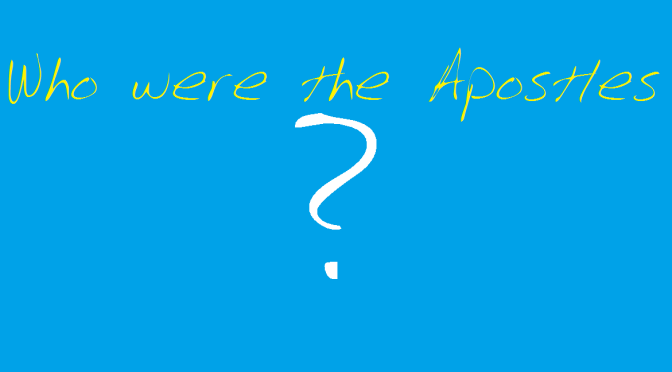Like his brother James, John was a son of Zebedee and a first-cousin of Jesus Christ.1 It is perhaps because of a close family relationship that John identifies himself as “the disciple whom Jesus loved”2 in his account of the gospel.
John as a Disciple
There is no clear, definitive evidence showing when John first began to follow the Lord. But it is very possible that we see it in John 1:
The next day after, John [the immerser] stood, and two of his disciples; and looking on Jesus as He walked, he says, “Behold, the Lamb of God!” And the two disciples heard him speak, and they followed Jesus. Then Jesus turned and saw them following, and says to them, “What are you seeking?” They say to Him, “Rabbi,” (which is to say, being interpreted, “Master”) “where are you staying?” He says to them, “Come and see.” They came and saw where He was staying, and stayed with Him that day, for it was about the tenth hour. One of the two which heard John [the immerser] and followed Him was Andrew, Simon Peter’s brother.3
Apparently out of humility, the apostle John never once mentions himself by name in his gospel account. With one exception, he always refers to himself in this book as a “disciple.”4 So it should come as no surprise if this nameless disciple, who was among the very first to follow Jesus, was in fact the apostle John.5
Assuming this to be the case, it is possible that John then went and found his brother James and brought him to Jesus as well.6 Then, John would have been present with his cousin Jesus and his aunt Mary at the marriage in Cana,7 and would have traveled with his cousins to Capernaum afterwards,8 then to Jerusalem where Jesus cast out the money-changers,9 and into Judea where John would have helped in baptizing people.10 Upon returning to Galilee, John apparently went back to his fishing business along with his brother James and their friends Peter and Andrew.
It was back in Capernaum some time later that John and his brother saw Jesus in the synagogue, teaching with authority and casting out a demon. Afterwards, he accompanied Jesus to Andrew and Peter’s house, where Peter’s mother-in-law was sick. After Jesus healed her, John almost certainly engaged in religious discussion with Jesus (as would Peter, Andrew, and James as well). Some time later, John was with James, working on their fishing nets, when Jesus began to teach by the Lake of Gennesaret.11 Jesus got in Simon’s ship and after teaching, told Peter to let down his net; the net became so full of fish that Peter called for John and James to come help bring in the catch. It is after this that Jesus called both John and James to follow Him, which they did, leaving their father Zebedee with the hired servants in the ship.12
-Bradley S. Cobb
1 This fact would also mean that he was the first cousin of James (the Lord’s brother) and Jude. See the previous chapter for how this relationship is taught in the Scriptures.
2 This statement is found in John 13:23, 19:26, 20:2, 21:7, 20.
3 John 1:35-40.
4 The only time where John uses a different descriptive term to identify himself is found in John 21:2, where he refers to himself and his brother by the term “the sons of Zebedee.” And even in there, he refers to himself as one of the “disciples” (see the previous verse).
5 Hovey says: “But who was the unnamed companion of Andrew? Probably the Evangelist himself. For: (1) the narrative in this place is very particular and graphic, making it probable that the writer was an eye-witness. (2) The writer of such a narrative would have been sure to mention the name of the other disciple, unless there had been some reason for withholding it. (3) The writer of this Gospel never refers to himself by name, and the same feeling which led him to withhold his name elsewhere accounts for his withholding it here.” (Alvah Hovey, Commentary on John, p. 78). It is the details, even down to the exact time (the tenth hour, aka 4pm) that makes this even more likely. Such is also the suggestion of Barclay, Albert Barnes, B.W. Johnson, Clarke, Coke, Dummelow, Dake, Gill, Rhoderick Ice, Lange, McGarvey, Robertson, and Vincent (among others).
6 Some have argued that John 1:41, which says that Andrew first went to find his brother Simon, indicates that the other disciple (likely John) also went to find his brother.
7 John 2:1-2.
8 John 2:11-12.
9 John 2:13-23.
10 John 3:22, compare with 4:1-2.
11 This is another name for the Sea of Galilee, which John himself calls the Sea of Tiberias (John 6:1). See James Hasting’s Dictionary of Christ in the Gospels, “Galilee, Sea of.”
